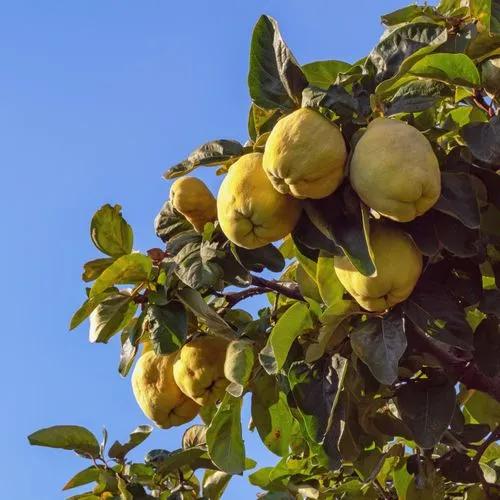Citrus sinensis, commonly known as orange or sweet orange, is a small evergreen tree originally domesticated in subtropical Asia. These plants can reach up to 30' tall. Slender spines may be found at the leaf axils, particularly on new growth. The glossy, aromatic leaves are ovate in shape and can reach up to 4" long. Their petioles are winged. Clusters of up to six fragrant, creamy white flowers bloom in early spring. The fruits are round to slightly oval in shape and can vary in size from 2-5" in diameter. The color of the fragrant, exterior rind varies from yellow to deep orange, and the sweet, interior pulp can also vary in color from a bright orange to orange-red.
Navel Orange Care
Citrus Sinensis 'Washington'
Other names: Bahia, Citrus × Sinensis 'washington', Navel Orange



How to Care for the Plant

Water

Once the roots are dry they will quickly start to die, making it hard to recover the plant. Feel the soil of the plant before watering, but as a general rule, watering once or twice a week during the warmer months should be sufficient for your orange tree. In winter, once or twice every two weeks should be adequate.

Pruning

Houseplants should typically be pruned at the beginning of the growing season, which is late winter or early spring for many varieties.

Fertilizer

Use slow-release fertilizer for container plants. Avoid using too much fertilizer.

Sunlight

Medium light/Partly shaded – This is where the plant gets some morning sun or some afternoon sun. Morning sun is less intense than afternoon sun, so putting your plants a few meters in from an East facing window works for maximum sun while reducing the risk of burning.

Soil

Use a potting mix, which makes it safer for plants because it doesn't contain pathogens such as fungus or other diseases.

Container

Here’s a handy guideline: increase pot size by 2.5-5 cm (1 to 2 inches) in diameter for plants that are growing in pots 25.4 cm (10 inches) in diameter or less. For larger plants, those growing in pots greater than 10 inches in diameter, increase the pot size by 5 or 7.62 cm (2 or 3 inches) in diameter.

Popularity

1,021 people already have this plant 152 people have added this plant to their wishlists
Discover more plants with the list below
Popular articles






